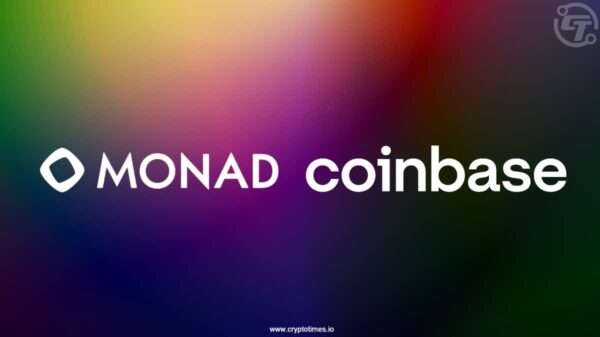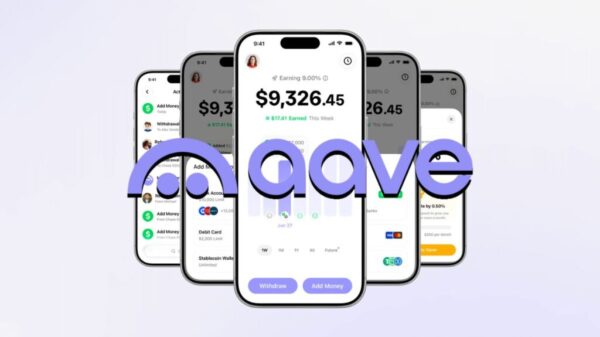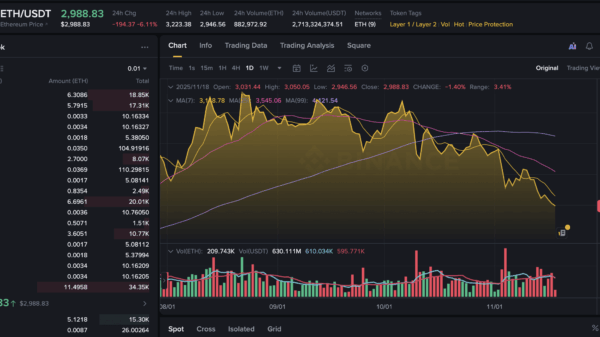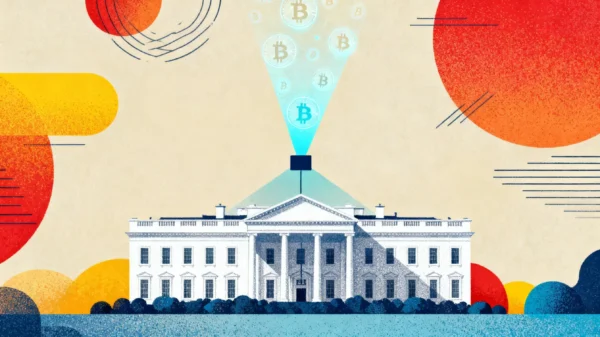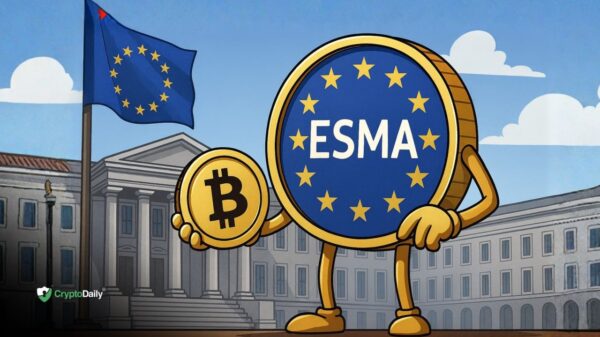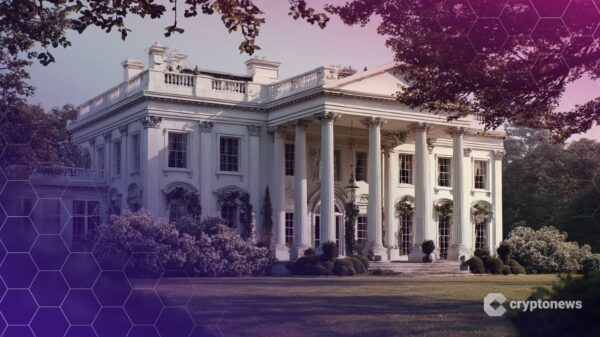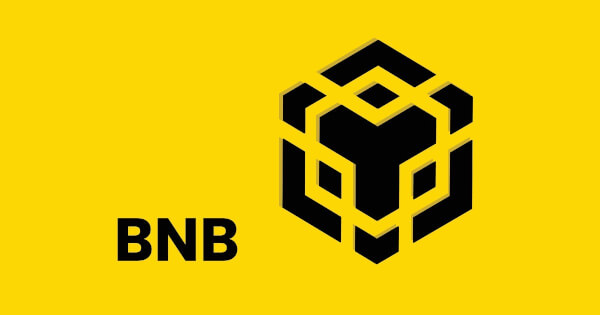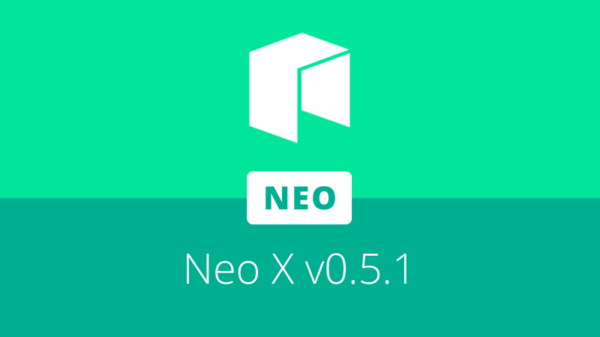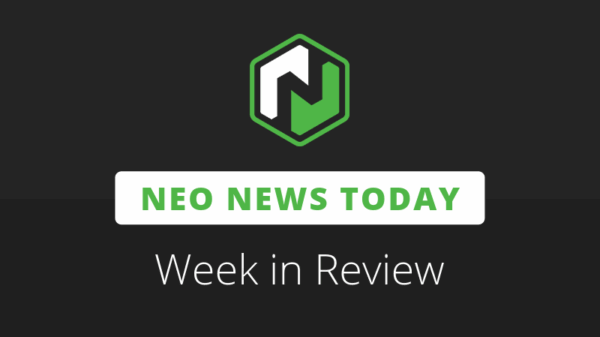In a transformative announcement on November 13, 2025, the U.S. Federal Deposit Insurance Corporation (FDIC) revealed groundbreaking guidelines for tokenized deposit insurance. This initiative aims to fortify the security framework for eligible tokenized assets, significantly enhancing trust in the digital asset ecosystem and fostering a deeper connection between traditional finance and blockchain technology.
Historically, the absence of robust consumer protections for digital assets has hindered their widespread adoption among both institutional and retail investors. The FDIC”s new guidelines seek to fill this critical gap by establishing a clear framework that allows specific types of tokenized deposits to be insured up to the statutory limit. This move is expected to bolster confidence in digital assets, especially in an economy that increasingly relies on digital transactions.
The implications of these guidelines extend well beyond mere insurance. By officially recognizing and providing coverage for tokenized deposits, the FDIC is legitimizing a new category of digital financial instruments. This could pave the way for greater integration of central bank digital currencies (CBDCs) and stablecoins into mainstream finance, provided they meet the outlined deposit eligibility criteria.
Financial institutions that utilize blockchain technology for various services, such as payments or asset tokenization, will now have a clearer regulatory path to offer FDIC-insured products. This development reduces perceived regulatory arbitrage and aligns digital asset operations with existing consumer protection laws, thus enhancing the overall stability of the financial system.
While the full technical details are still forthcoming, the core of the guidelines emphasizes that tokenized deposits must adhere to stringent standards similar to those governing traditional deposits. This includes proper identification of account holders, compliance with Know Your Customer (KYC) and Anti-Money Laundering (AML) regulations, as well as the segregation of customer funds. Notably, only tokenized deposits held at FDIC-insured institutions will be eligible for insurance, excluding direct holdings of cryptocurrencies outside regulated entities.
Key operational aspects include: custodial standards mandating secure custody solutions for underlying assets, requirements that blockchain networks demonstrate integrity and auditability, and a focus on comprehensive audits for smart contracts associated with tokenized deposits to mitigate vulnerabilities.
The market response to the FDIC”s announcement has been overwhelmingly positive, with analysts predicting an uptick in institutional interest in tokenized assets. Issuers of stablecoins, particularly those backed by traditional fiat reserves stored in FDIC-insured banks, are likely to gain significant credibility from this regulatory endorsement. Additionally, this initiative may inspire other global regulatory bodies to consider similar frameworks, potentially establishing new international standards for digital asset protection.
Moving forward, the successful implementation of these guidelines will necessitate substantial collaboration among the FDIC, banking institutions, and blockchain technology providers. While challenges remain in standardizing tokenization protocols and ensuring interoperability, the groundwork for a more secure and integrated financial future has undoubtedly been set.
Ultimately, the FDIC”s introduction of tokenized deposit insurance guidelines signifies a monumental leap for the digital asset sector, marking its transition from a niche innovation to a recognized and safeguarded segment of the global financial landscape. This proactive regulatory stance is poised to catalyze unprecedented levels of trust and adoption, paving the way for a future where the advantages of blockchain technology can be harnessed with the assurance of traditional financial protections.












